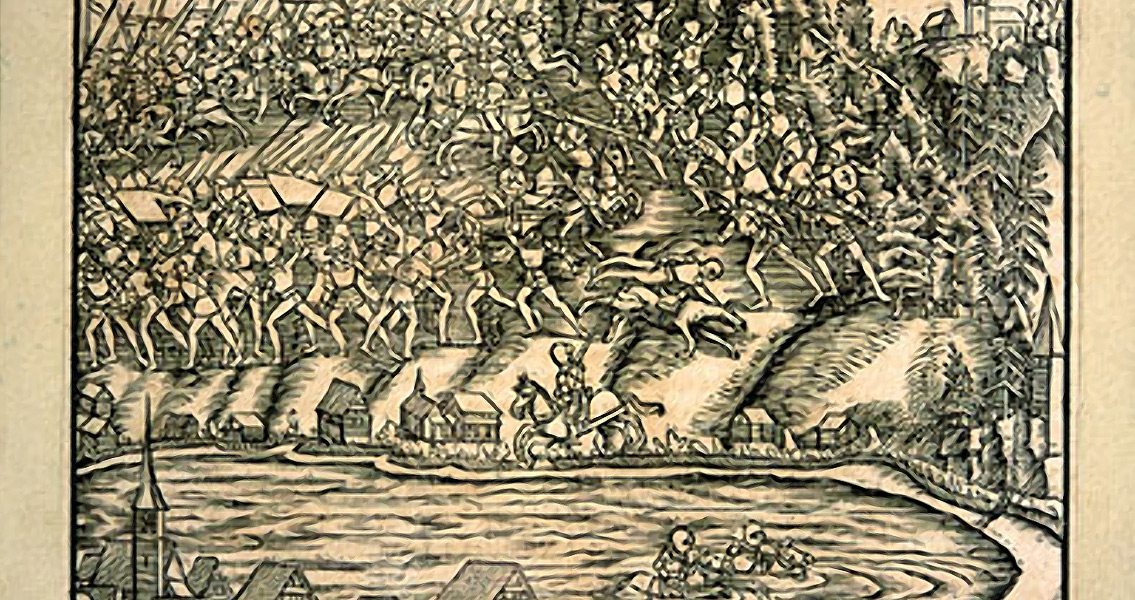<![CDATA[The discovery of 700 year old artifacts in central Switzerland may help pinpoint the exact location of the ancient battle that helped chart the course of the region by uniting it into an independent nation. In 1315 CE, anywhere from 2,500 to 3,000 Austrian troops from the Holy Roman Empire clashed with around 1,500 militiamen of the Swiss Confederacy as the former attempted to pass through the region unbidden. The battle, which led to a resounding victory for the Swiss thanks to a surprise attack and a disregard for the rules of chivalry that bound the Austrian forces, helped to cement the movement among the different regions of the surrounding countryside into the unified country that Switzerland is today. The battle was also instrumental in earning Swiss forces a reputation for fierce and even brutal levels of bravery in combat. Known as the Battle of Morgarten, the actual site of the clash is unknown save for its general location: near the shores of Lake Ägeri close to the Morgarten Pass, which is near the borders of the modern cantons of Zug and Schwyz. With the exact location lost to history, discovering the site or clues to its location has long been a goal for local historians and archaeologists. With this new discovery, researchers may be able to finally narrow down the physical location of the decisive and historic battle in time for its 700th anniversary on November 15th of this year. The dig site, which was sponsored by both cantons in an effort to curtail the efforts of grave robbers or trophy hunters, yielded up its secrets in the form of metal objects that can be traced back to the general time period of the early fourteenth century. Around a dozen coins bearing stamps from 1275 CE to the early 1300s were uncovered, as were a collection of fourteenth century armaments such as a pair of arrows for either a bow or crossbow, a sheath for a knife, and a pair of knives themselves. Archaeologists also discovered additional artifacts, such as a cavalry spur, horseshoes, and other knives that could not be dated conclusively to 1315. The discovery isn’t considered conclusive proof of the site of the Battle of Morgarten, but it is a step in the right direction for those interested in finding a definitive answer. A collection of the artifacts, which are the first to be found in the region dating to the early fourteenth century, will be displayed in museums in both Zug and Schwyz throughout the summer and early autumn, though celebrations of the anniversary of the Battle of Morgarten have already begun in the cantons nearby. A three-day festival featuring the Swiss Minister of Defence and the country’s air force aerobatics team, the Patrouille Suisse, will celebrate the victory of the early Swiss Confederacy over the Austrian forces. Additional celebrations and commemorative events will continue up to the exact date of the anniversary in November. ]]>
Swiss Artifacts Point to Site of 700 Year Old Battle
